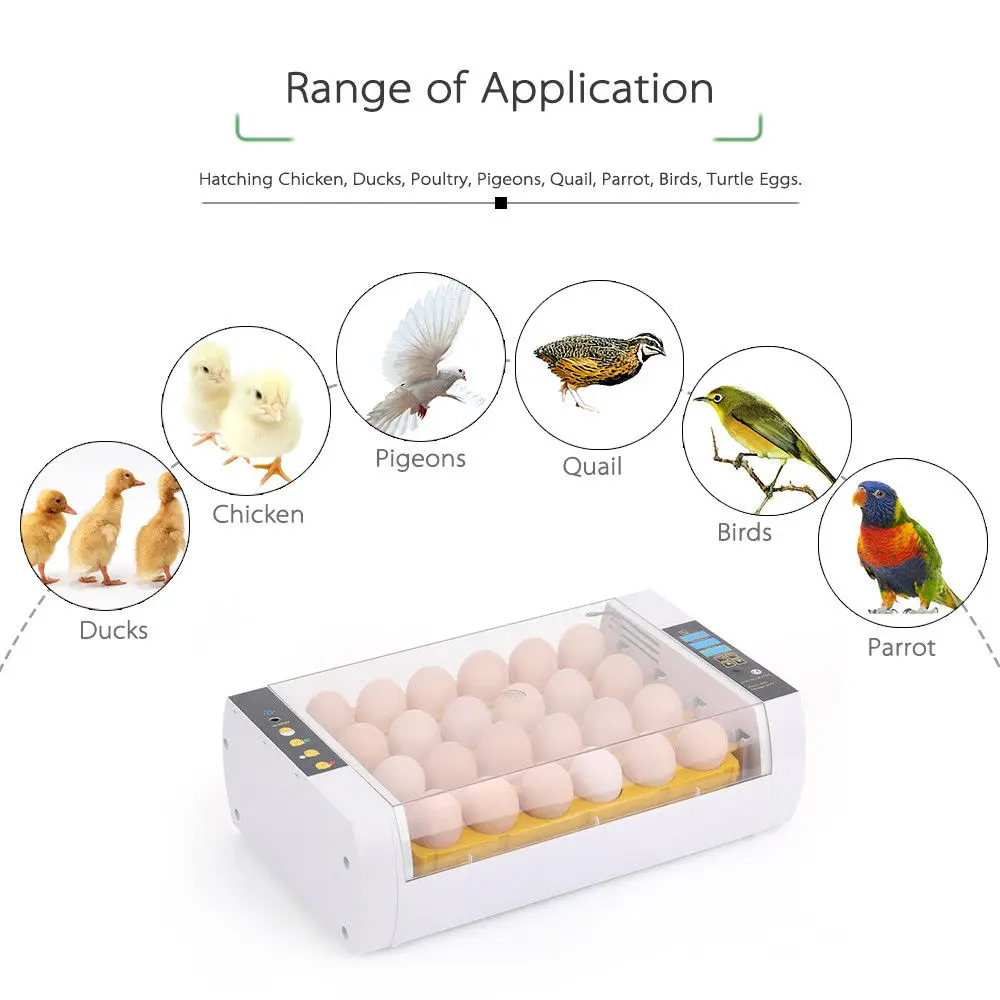

- #Humidity in incubator for chicken eggs how to#
- #Humidity in incubator for chicken eggs manual#
- #Humidity in incubator for chicken eggs full#
Now you’re all set to let nature take its course. and the incubator kept out of direct sunlight to get the best results.Īllow eggs to warm up to room temperature before setting them and make sure that you don’t adjust the temperature for 24 hours.įinally, don’t forget to regularly check the water reservoirs, following the manufacturer’s recommendations, to achieve the correct humidity level. Room temperature should always be between 68☏.
#Humidity in incubator for chicken eggs manual#
Read the user manual and run the incubator several days before setting eggs to ensure everything is working properly. Misshapen, cracked, or dirty eggs should not be set in an incubator. with 75% humidity), stored pointed end down, and turned once a day. They will be fresher and their chances of hatching won’t have been compromised by jostling and extreme temperatures during shipping.Įggs can be stored up to a week provided they are kept cool (around 55☏. No rooster? It’s best to source your fertile eggs locally. Grocery store eggs will not hatch! If you already have a flock of healthy hens and a rooster, you’re all set. Once you have a quality, easy-to-clean incubator, you will need fertile eggs. The number of eggs you would like to hatch in one batch and the type of eggs a specific incubator can hold are also important considerations. Some fully digital models like the Brinsea Mini and Maxi Advance even count down to hatch day and automatically stop the turning two days prior. Next, look for incubators made from impervious materials such as plastic and with simple turning mechanisms which are designed for easy cleaning.įinally, while you can manually turn your eggs, bear in mind that eggs need to be turned at least three times a day so you may want to consider an automatic turning egg incubator. Today, a quality digital incubator that will hatch up to a dozen eggs costs around $150-below that price, be wary of the safety of the unit’s electric components.Īn accurate temperature control is paramount so look for an incubator with reliable electronic temperature control and a fan to circulate the air and maintain an even temperature. Hatching baby chicks in your own incubator is not only easy-it’s a ton of fun and a great learning experience for children with the right equipment and if you follow a few simple guidelines.Īffordable incubator technology has come a long way. The egg hatching process can be divided into 3 stages according to the humidity from low to high.Interested in hatching your flock this summer? The incubator cannot control the specified value of humidity and can only increase the humidity by adding water. You need to always pay attention to the changes in the humidity of the incubator to make timely adjustments. Normally, there's a humidity display on the incubator. Unlike with temperature, there is no perfect answer for the optimal humidity level in an incubator as it always depends on the embryo growth.
#Humidity in incubator for chicken eggs how to#
How to control the incubator humidity during the incubation process When the size of the air cell is exactly right when the pipping process begins, the eggs have the biggest chance to hatch successfully. If the air cell is too large, the membrane might end up being too small for the chick before the pipping process begins. If the air cell is too small, the chick might drown while pipping through the shell. That air cell is where the chick decides to hatch. When the egg loses some of its moisture an air cell will form inside the egg. The amount of moisture the egg loses depends on the outside humidity. During the incubation process, the egg will slowly lose some of its moisture through the pores of the shell.
#Humidity in incubator for chicken eggs full#
When an egg is initially laid, the egg is full of various liquids, including some moisture. Why do we need to control the incubator humidity during the incubation?


 0 kommentar(er)
0 kommentar(er)
